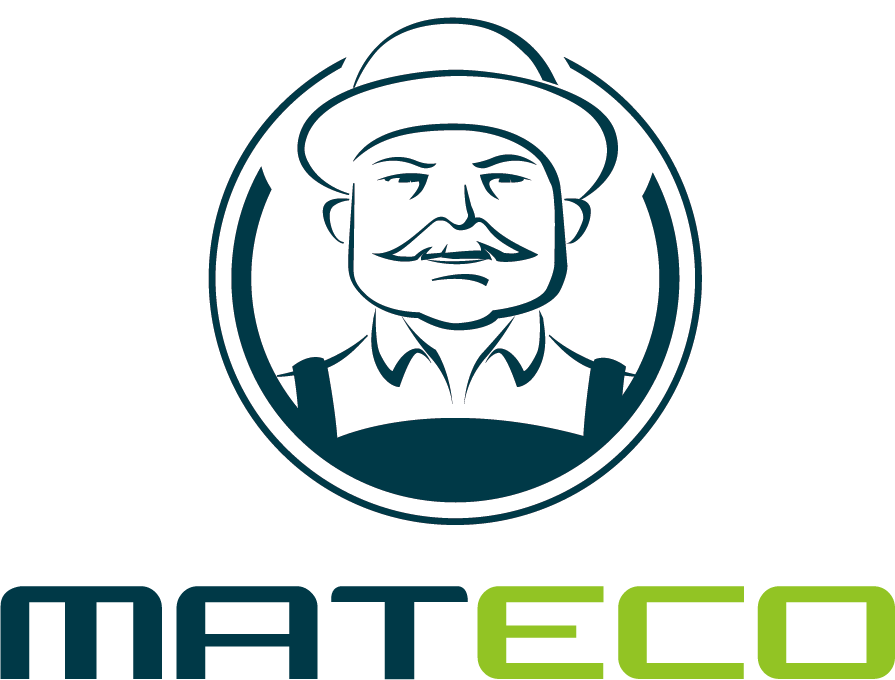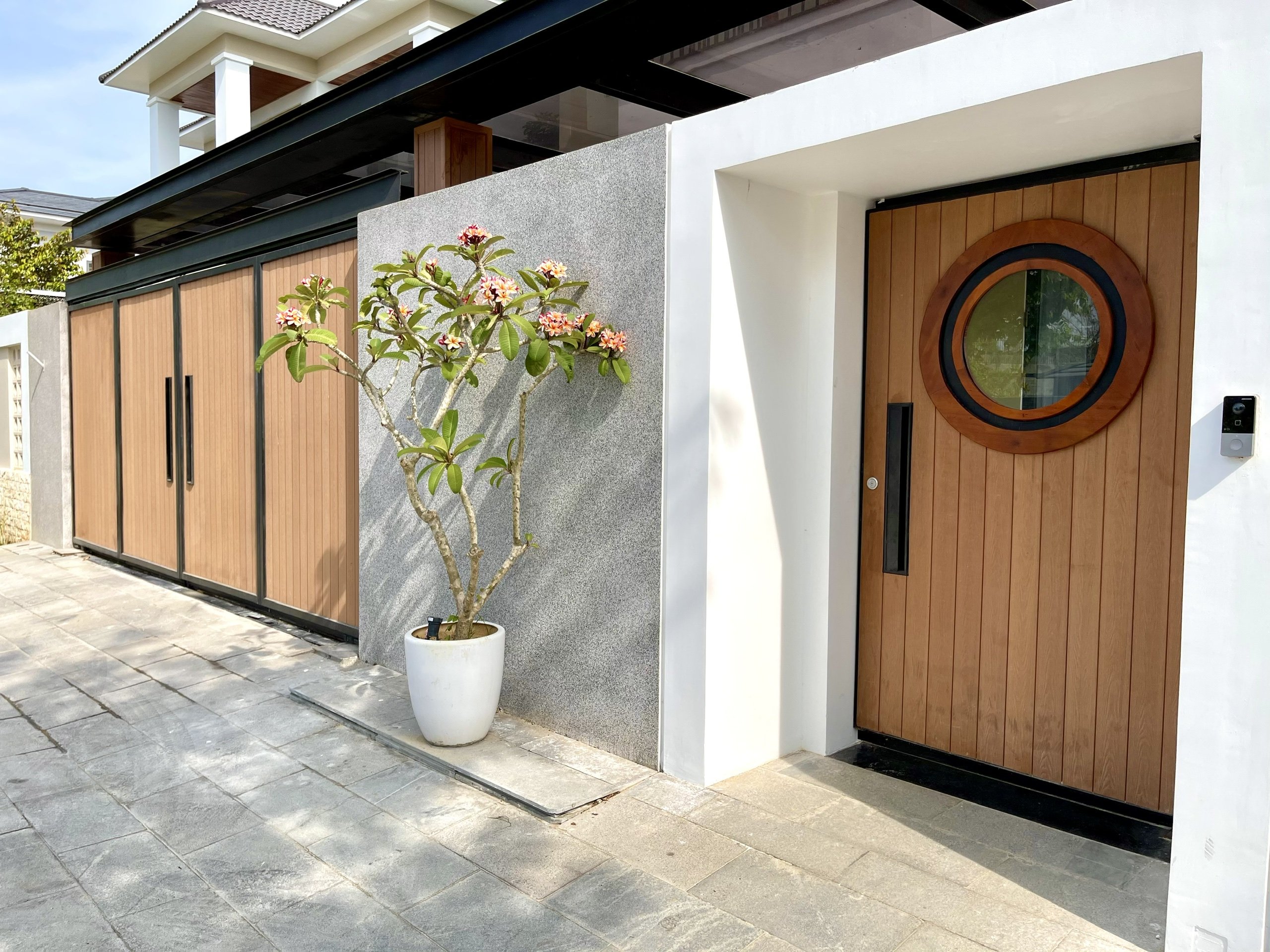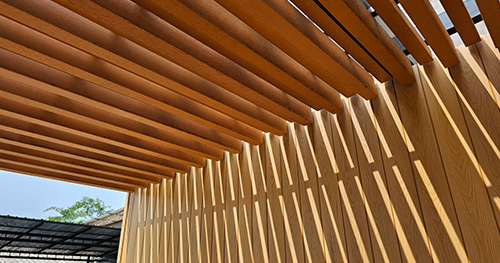6 Types of Wall Finishes
Wall finishes are crucial elements in interior design, playing a significant role in both aesthetics and functionality. They can transform a space, add character, and protect walls from damage. This article explores various types of wall finishes, their advantages, disadvantages, and factors to consider when choosing the right one for your needs.
1. Paint
Types of Paint:
Latex Paint: This water-based paint is popular for its easy cleanup and quick drying time. It is less durable than oil-based paints and is often used for walls and ceilings.
Oil-Based Paint: Known for its durability and smooth finish, oil-based paint takes longer to dry and has a strong odor. It is ideal for trim, doors, and high-traffic areas.
Matte Paint: Provides a non-reflective finish that hides wall imperfections. It is more prone to stains and harder to clean, making it suitable for low-traffic areas.
Gloss Paint: Offers a shiny, reflective finish that is easy to clean. It can highlight wall imperfections and is often used on doors, trim, and cabinets.
Advantages and Disadvantages:
Latex Paint: Easy to clean and quick to dry, but less durable.
Oil-Based Paint: Durable and smooth, but has a long drying time and strong odor.
Matte Paint: Hides imperfections but is hard to clean.
Gloss Paint: Easy to clean but highlights imperfections.
Application Techniques:
Roller: Provides even coverage and is ideal for large, flat surfaces like walls and ceilings.
Brush: Perfect for detailed areas and edges, offering precision and control.
Spray: Best for a smooth, even finish without brush marks, suitable for large areas and intricate details.
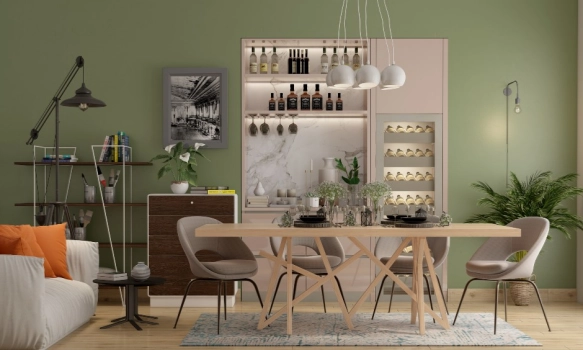
2. Wallpaper
Types of Wallpaper:
Paper Wallpaper: Made from natural materials, it is eco-friendly but more susceptible to damage and harder to clean.
Vinyl Wallpaper: Composed of a printed paper surface covered with a layer of vinyl, it is durable, water-resistant, and easy to clean, making it ideal for high-moisture areas.
Fabric Wallpaper: Adds texture and depth to walls. It is more expensive, harder to install, and clean, but offers a luxurious look.
Peel and Stick Wallpaper: Self-adhesive and easy to apply and remove, it is ideal for renters and DIY projects. However, it may not adhere well to all surfaces and can peel over time.

Advantages and Disadvantages:
Vinyl Wallpaper: Durable, water-resistant but less breathable.
Paper Wallpaper: Eco-friendly but more prone to damage.
Fabric Wallpaper: Adds texture and luxury but is harder to clean and more expensive.
Peel and Stick Wallpaper: Easy to apply and remove but may not last as long.
Installation Methods:
Traditional Paste: Requires paste application on the paper or wall, offering a strong and durable bond.
Pre-pasted: Pre-applied adhesive activated by water, simplifying the installation process.
Peel and Stick: Self-adhesive backing for easy and mess-free application, ideal for temporary installations.
3. Wall Panels
Types of Wall Panels:
Wood Paneling: Offers a natural and warm aesthetic. It is susceptible to moisture and may require regular maintenance.
PVC Wall Panels: Waterproof and easy to clean, making them suitable for high-moisture areas. However, they may lack the natural look of wood.
Gypsum Board: Versatile and easy to install, commonly used for drywall construction. It is not moisture-resistant and may require a protective coating in wet areas.
Metal Panels: Provide a modern, industrial look and are highly durable. They can be expensive and require professional installation.
WPC Wall Panels: Wood Plastic Composite panels combine wood fibers and plastic, offering durability, moisture resistance, and ease of maintenance.
Advantages and Disadvantages:
Wood Paneling: Natural aesthetic but susceptible to moisture.
PVC Wall Panels: Waterproof and easy to clean but may look less natural.
Gypsum Board: Versatile and easy to install but not moisture-resistant.
Metal Panels: Durable and modern but can be expensive and harder to install.
WPC Wall Panels: Durable, resistant to moisture, but can be more expensive than traditional wood panels.
Installation Techniques:
Interlocking: Panels fit together with a tongue and groove system for a seamless finish.
Nailing: Panels are secured with nails, offering a traditional and secure installation method.
Adhesive: Panels are glued directly to the wall surface, providing a quick and clean installation process.
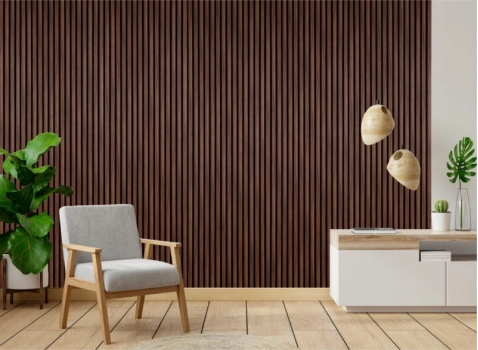
4. Textured Finishes
Types of Textures:
Plaster: Versatile textures ranging from smooth to highly textured. It is labor-intensive and requires skilled application.
Spray Texture: Applied using a spray gun, it offers a quick and even application. It may require professional equipment and expertise.
Roll Texture: Achieved by rolling a textured roller over wet plaster or paint, it is a DIY-friendly method that can create various patterns.
Advantages and Disadvantages:
Plaster: Offers versatile textures but is labor-intensive.
Spray Texture: Quick application but may require professional equipment.
Roll Texture: Easy for DIY projects but may not achieve complex patterns.
Application Techniques:
Hand-Troweling: Manual application for customized textures and intricate designs.
Machine Spraying: Fast and even application for large areas, ideal for professional use.
Rolling: Simple and accessible method for creating textured finishes, suitable for DIY enthusiasts.
5. Mirror Wall Finish
Types of Mirror Wall Finishes:
Full-Wall Mirrors: Create a dramatic effect by covering an entire wall. They enhance light and space but require high maintenance to keep clean.
Mirrored Tiles: Flexible design options and can be arranged in various patterns. They are prone to grout lines and may require regular cleaning.
Mirrored Panels: Offer an elegant and seamless look but can be expensive and require careful installation.
Advantages and Disadvantages:
Adds light and space illusion but can be high maintenance.
Reflects light, making spaces look larger but prone to fingerprints and smudges.
Application Techniques:
Adhesive Mounting: Mirrors are glued directly to the wall for a seamless look.
Framed Installation: Adds a decorative element while securing the mirror, providing additional support and style.
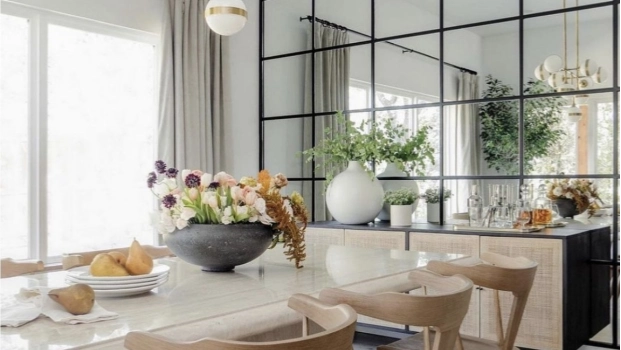
6. Tiles
Types of Tiles:
Ceramic Tiles: Durable, versatile, and available in various designs. They can be cold and hard, requiring grout maintenance.
Porcelain Tiles: Dense and water-resistant, making them suitable for high-moisture areas. They are more expensive than ceramic tiles.
Stone Tiles: Offer natural beauty and unique patterns. They require sealing and regular maintenance to prevent staining and damage.
Advantages and Disadvantages:
Durable and easy to clean but can be expensive and require grout maintenance.
Water-resistant but can be cold and hard underfoot.
Application Techniques:
Mortar and Grout: Traditional method providing a strong bond and secure installation.
Self-Adhesive Tiles: Easier installation but may not be as durable as mortar and grout applications.
What Factors to Consider When Choosing Wall Finishes?
Room Functionality:
Consider the purpose of the room (e.g., bathroom, kitchen, living room).
High moisture areas may need water-resistant finishes like tiles or PVC panels.
Aesthetic Appeal:
Match the finish to the overall interior design style (e.g., modern, traditional).
Consider color, texture, and pattern that complement the room’s décor.
Durability and Maintenance:
Evaluate how much wear and tear the wall will endure.
Choose easy-to-clean finishes for high-traffic areas.
Budget:
Different finishes come with varying costs for materials and installation.
Balance between initial cost and long-term maintenance expenses.
Installation Complexity:
Some finishes require professional installation, while others are DIY-friendly.
Consider time and effort required for installation.
Environmental Impact:
Eco-friendly options like low-VOC paints and natural wallpapers.
Consider sustainable materials and their impact on indoor air quality.
Choosing the right wall finish involves considering various factors to ensure it meets your functional and aesthetic needs while fitting within your budget and maintenance capabilities. With the right choice, wall finishes can significantly enhance the beauty and practicality of your space.
Conclusion
Wall finishes offer a vast array of options to enhance both the look and functionality of any space. By understanding the types of finishes available, their benefits, and their drawbacks, and considering the specific needs of your project, you can choose the perfect wall finish to transform your interior.
If you are looking for a WPC manufacturer, MATECO WPC will be your best choice.
Website: https://www.matecowpc.com
WhatsApp: +86-13380085620
Email: info@matecowpc.com
